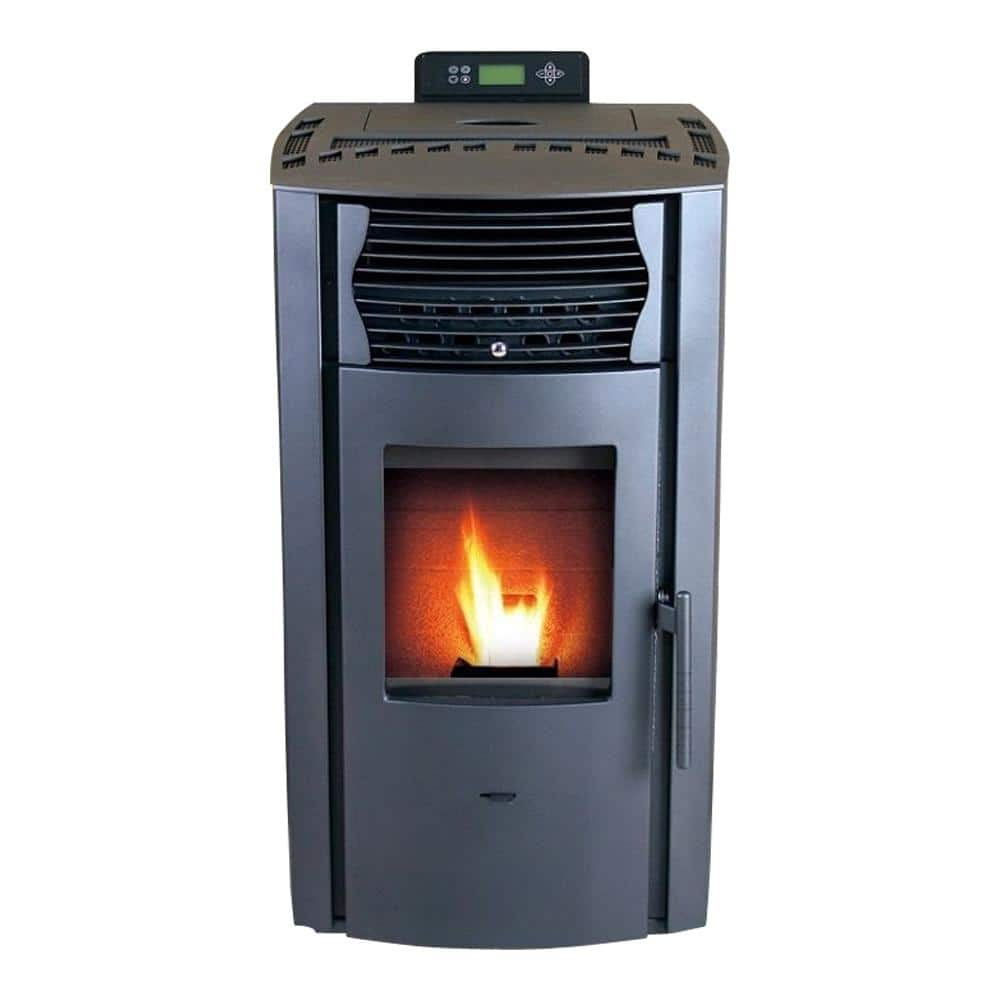C3-230 Elongated Bidet Toilet Seat | K-4108 | KOHLER
Shop KOHLER bidet toilet seats and discover a cleaner clean. Cleansing seats offer a refreshing alternative to toilet paper alone.
The C3®-230 bidet toilet seat brings you the freshness of personal cleansing in a slim, low-profile design made to fit most elongated toilets. This heated seat comes with an easy-to-use touchscreen remote that allows you to adjust and set all your personal preferences, from water temperature and pressure to seat temperature and air-drying. A built-in night-light provides illumination of the bowl, and the self-cleaning stainless steel wand uses UV light for automatic cleaning.
- In-line heater provides continuously heated water for consistent comfort.
- Front and rear wash modes provide warm water for cleansing.
- Adjustable water temperature and water pressure.
- Choose oscillating or pulsating spray.
- Touchscreen remote control with two programmable user presets.
- Self-cleaning function uses UV light to automatically clean the wand surfaces.
- Heated seat with adjustable temperature settings.
- LED lighting illuminates the bowl to serve as a nightlight.
- Warm-air drying system with adjustable temperature settings.
- Carbon filter for odor control.
- Quiet-Close™ elongated seat closes quietly.
- Grip-Tight bumpers hold seat firmly in place.
- Quick-Release™ functionality allows seat to be removed easily from toilet for convenient cleaning.
- Ergonomically designed for comfortable seating.
- Toilet seats are not returnable to Kohler Co. if opened or outside of original packaging.
- Automatic deodorization function for odor control.
- Continuously heated water for consistent comfort.
- Single stainless steel wand with adjustable water pressure, temperature, and pulsate settings.
- Energy-save function.
- Single stainless steel wand with adjustable water pressure, temperature, and pulsate settings.
Material
- Plastic construction.
Installation
- Fits most elongated toilets.






by Reuben
I absolutely love this bidet! It’s the best one I’ve ever used.. everything is adjustable and there’s two use of preset.. I wish they sold a screen protector for the touchscreen. Is there one a available?